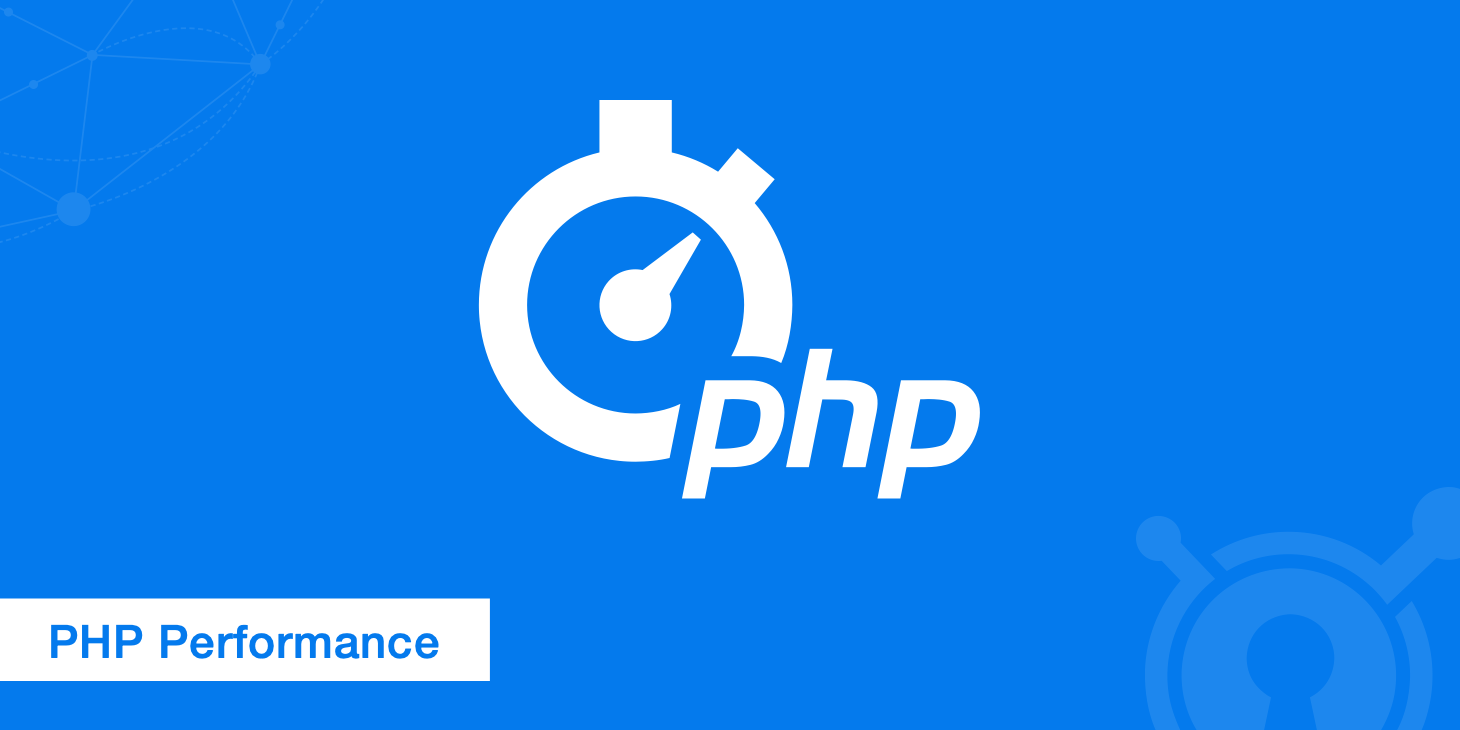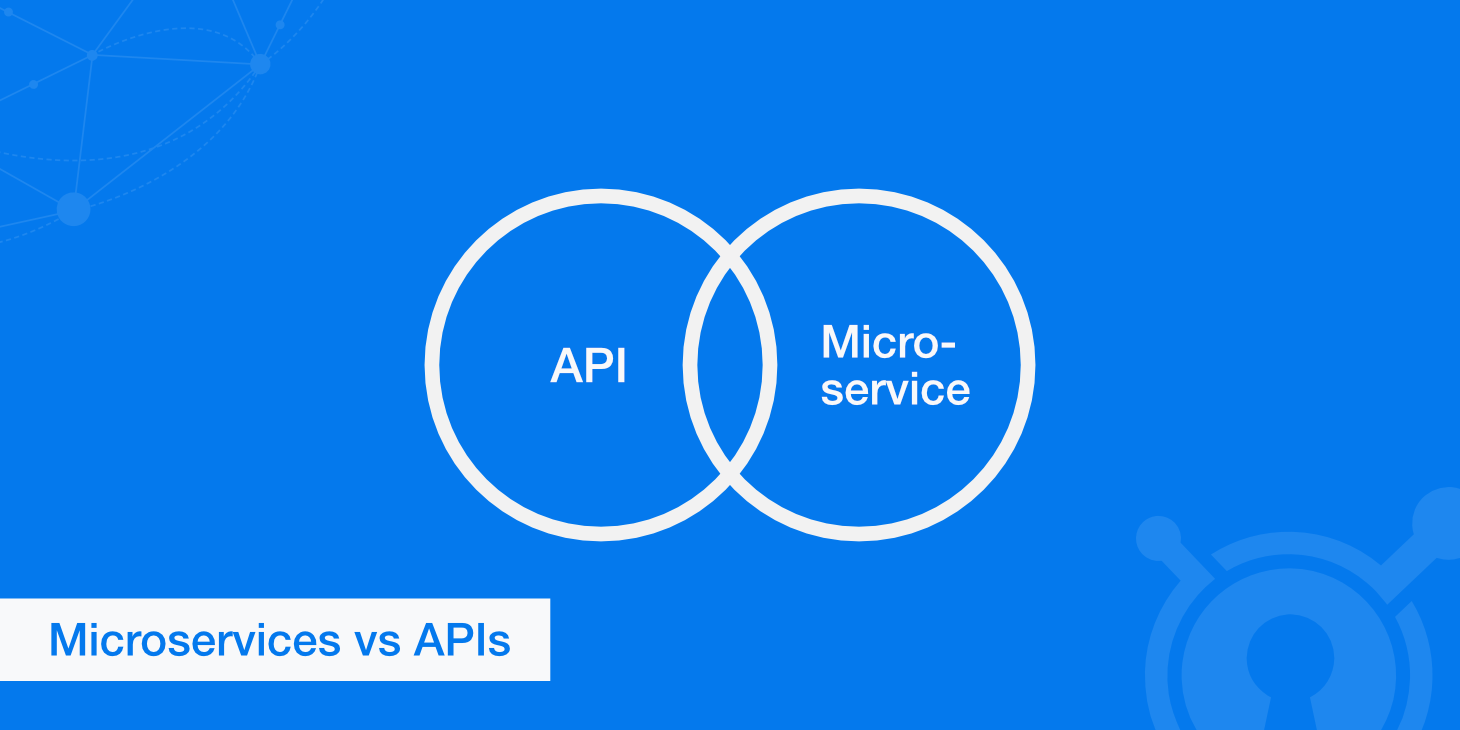
Improving PHP Performance for Web Applications
As a web developer, you must be always on the lookout for ways to improve the performance of your applications. With the increasing demand for faster and more efficient web applications, optimizing PHP performance has become a critical aspect of web development. In this blog, we will explore some of the best practices and tips for improving PHP performance for web applications. The best tool for improving PHP performance isn't any individual program; it's knowing which problems to look for and how to address them.
May 18, 2023 Read more